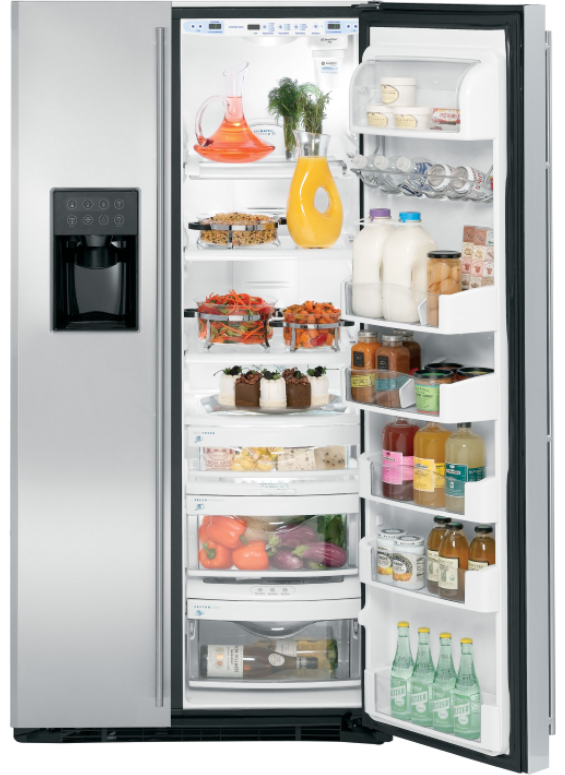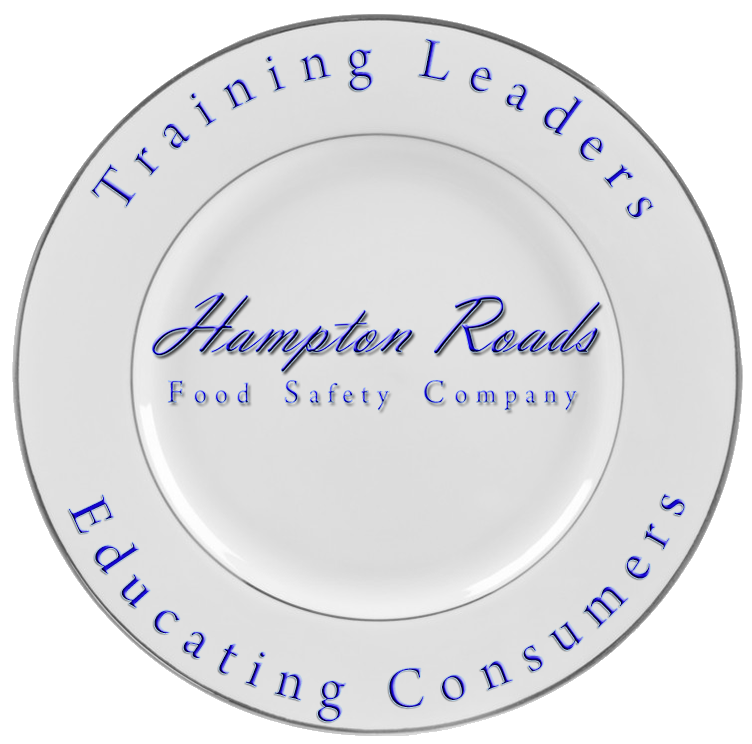Operating a restaurant is more than just setting up shop and watching the people come in and spend money. You must consistently monitor your restaurant’s performance over time so that you can sustain a profitable business. You will need to evaluate how your restaurant does financially and how efficiently your operation runs. But numbers and charts don’t tell the whole story. Customer and employee feedback also provides a useful analysis of the state of your restaurant as well as changes in the current market.
Review Your Restaurant’s Finance
In any business, it’s important to review your finances regularly. If the numbers don’t seem right, you have to find out the discrepancy and resolve it. The accuracy of the final financial picture depends on how well you organize your sales and expense figures. It is essential to make a good habit of keeping your books updated and to address any errors or discrepancies when they appear. Also, analyze your sales history and cash flow.
Break Down the Sale of Menu Items
Aside from reviewing your restaurant in financial terms, you have to evaluate your operation’s efficiency and profitability. Not only do you need to keep track of how much money your business is generating, you should review which items are selling and which are not, and more importantly, how much are you profiting from each item. To do that, you have to break down your total sales according to the number of items sold.
Evaluate Your Inventory Efficiency
There are two factors to look at when evaluating how efficiently you are utilizing your inventory.
The first factor is your cost of sales, which is your actual food cost percentage. The second, which is related to your cost of sales, is your inventory turnover rate. Both of these factors can help you pin point where problems may lie if your bottom-line profit is not meeting your expectations.
Respond to Customer Feedback
Customer feedback can be positive or negative, and in either case, it can be a valuable source of information for you on improving your business. Don’t rely on your customers to approach you and let you know what they think. Make every effort to find out what they think and how you can respond. Getting feedback from comment cards, in person and via the internet are good tools.
Listen to Your Employees
Your employees may also provide some valuable feedback concerning the restaurant’s operation. Keep the lines of communication open with your staff, from your staff down to your bussers.
Take Notes on Restaurant Reviews
Restaurant reviews written or broadcast in local media can have a positive or negative effect on your business in the short run, but they aren’t going to make or break you. Take all reviews, positive or negative, in stride. If you are fortunate enough to receive a good review from a critic, don’t rest on your laurels just yet.




